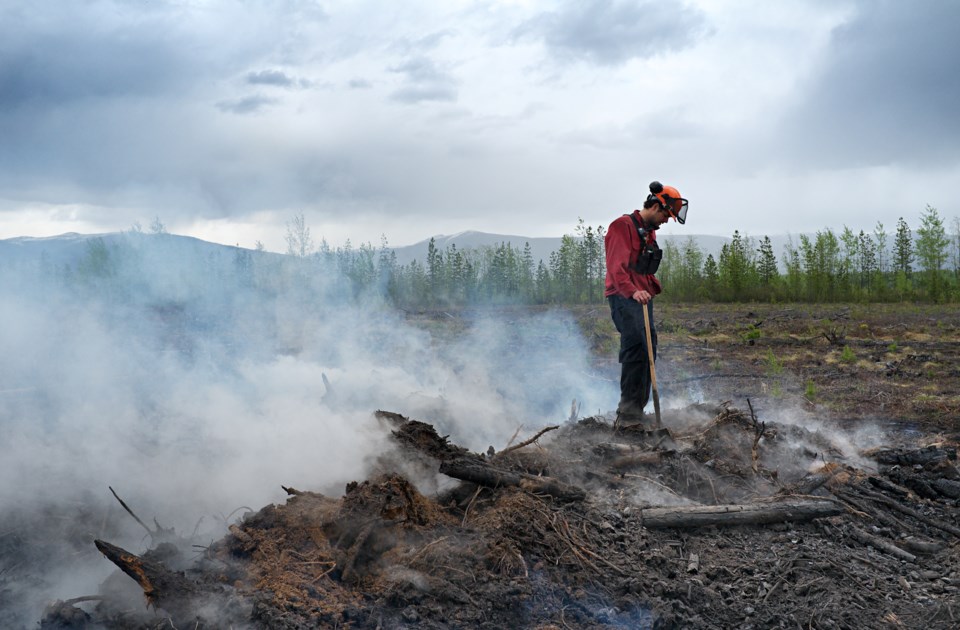The BC Wildfire Service says our province could be in for another severe wildfire season if we don't get more rain.
"We don't go into the season blind, we watch for trends. As those trends start to unfold, we're verifying those with localized observation," says Brent Martin, deputy director of the BC Wildfire Service.
So far, fire season is setting up much like last year, which went down as the third-worst on record in terms of area burned.
"We're starting to see a pattern," Martin said, adding it can still go another way if rain arrives.
Martin says the problem with the lack of precipitation in the Thompson-Okanagan region means the fuels for forest fires remain dry. Kelowna just recorded its third-driest April in 117 years.
"The season could be just sort of a normal type season. So this isn't at all about pushing the panic button. But we're very much actively engaged. We're watching for trends, we're looking for where hazards are going to build. And that helps us in preparing and pre-planning, where resources may need to be deployed," says Martin.
The good news, according to Martin, is that there does not appear to be any evidence that fires have carried over from last season, but Martin compared last year to an "ultra marathon."
The fuel that feeds wildfires is dry, "this is the deep organic material, the heavy fuels. This is sort of stage three fuel that adds intensity to a fire," he said.
The Okanagan Valley remains in a "moderate drought," according to the federal government.
"We're watching a very similar pattern develop to the 2021 season," said Martin. "That means a close eye on the southern part of the Cariboo along the Williams Lake highway corridor, down through Kamloops and then from Kamloops into the top end of the Okanagan extending right through to the U.S. border."
"Those are the areas which were driest last season, they went into winter the driest, received the least amount of precipitation over winter. And we're continuing to see that trend where they're not seeing the early season precipitations in through the Okanagan, in the month of April."
Martin says this trend suggests we could be in for a serious wildfire season, "the June rain events are so important to us to really sort of push back the clock on the drying trend by adding as much precipitation through those areas as possible."
Martin also wanted to thank the B.C. government for moving the BC Wildfire Service a year-round operation.
"It gives us more space to step into prevention, it's more space to step into planning and preparedness activity and more time and space to step into recovery," Martin says.
Only Mother Nature really knows what's in store for us weather-wise for the next few months, but Martin says no matter what she throws at BCWS, they are ready.
"We're an organization with boots on the ground from north and south, east to west, and we have people physically working in the bush, either in prescribed fire or through prevention activities or through training. We're very much connected to the land in which we are assigned."



